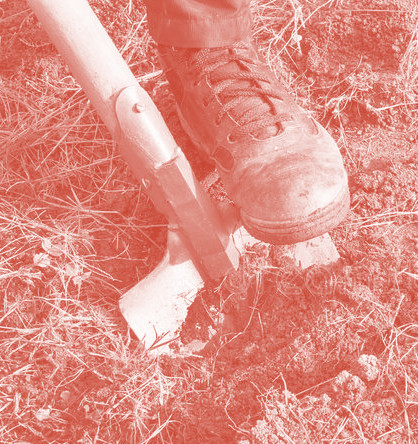Fertiliser plant allowed
 The federal government is backing a controversial $4.5 billion fertiliser plant in northern Western Australia, despite concerns for Aboriginal heritage in the area.
The federal government is backing a controversial $4.5 billion fertiliser plant in northern Western Australia, despite concerns for Aboriginal heritage in the area.
The planned fertiliser plant to be built by Perdaman on the Burrup Peninsula, near the Pilbara town of Karratha, was criticised by some traditional owners for its potential to affect multiple heritage sites.
Conservation groups, rock art experts and some traditional custodians fear the project will cause irreversible damage to nearby rock art, as the nearby Murujuga region is home to the world's oldest and largest collection of petroglyphs.
Opponents sought an intervention by Environment Minister Tanya Plibersek under section 9 of the Aboriginal and Torres Strait Islander Heritage Protection Act.
Ms Plibersek has this week announced she will not prevent the plant from progressing.
She says that the plan is supported by the Murujuga Aboriginal Corporation (MAC), which allegedly represents the views of most traditional owners in the area.
“I have taken time to seriously consider this decision,” Ms Plibersek said.
“I have visited the sites in question and met with all parties involved in, and directly affected by, my decision.
“I have decided not to make a Section 9 declaration.
“After visiting the sites and meeting with stakeholders, I recognise MAC and their Circle of Elders as the most representative organisation on cultural knowledge for the five Traditional Owner groups in the region.”
Reports say Perdaman will remove and relocate three sacred rock art sites.
The $4.5 billion fertiliser plant is designed to produce an estimated two million tonnes of urea fertiliser per year.
The plant will turn natural gas into urea, a widely used form of fertiliser for production of food. Perdaman has secured natural gas for 20 years from Woodside under a Gas Supply Agreement signed in November 2018.
The project has been strongly supported by the Western Australian Government, which gave it a state significant project status.








 Print
Print